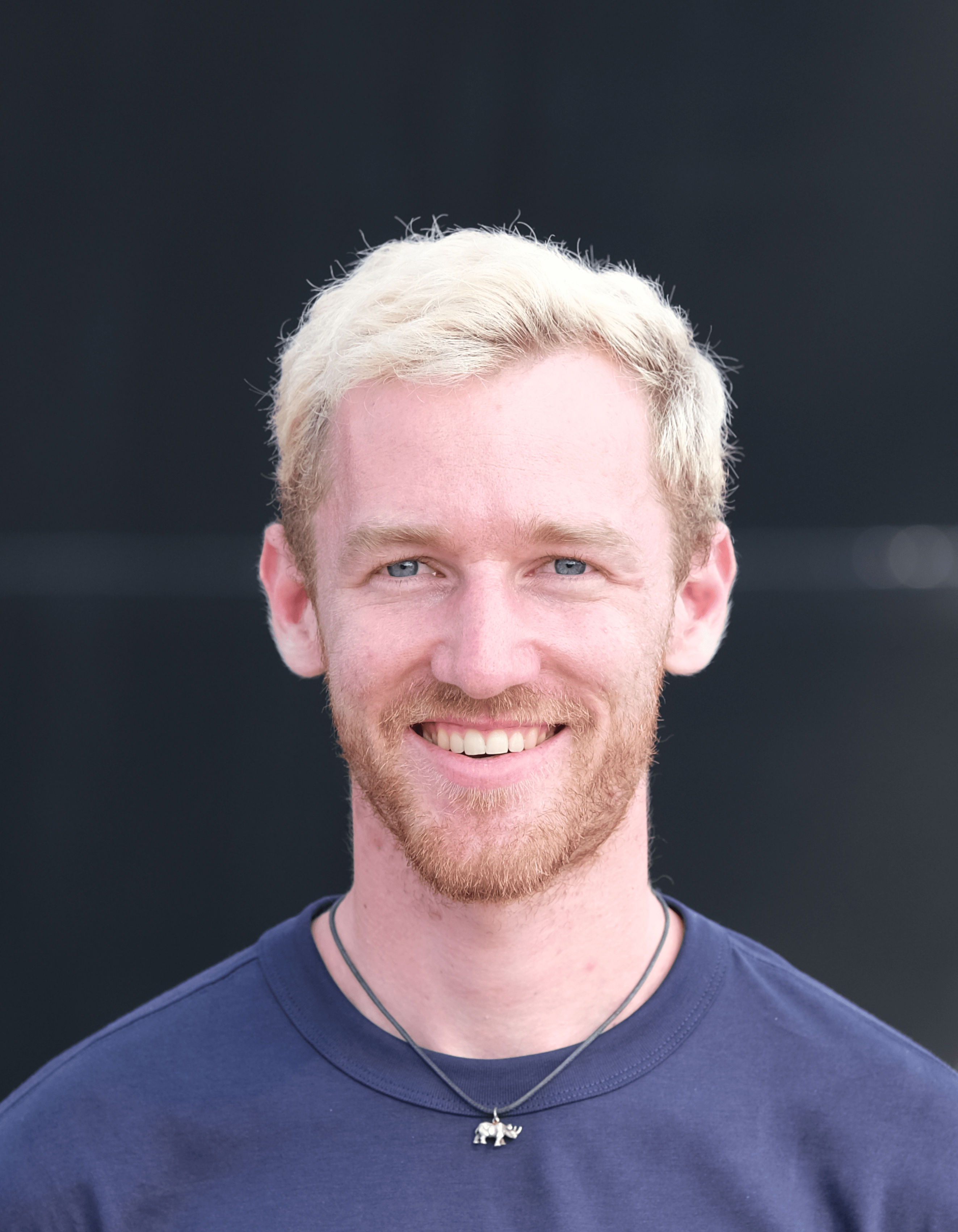Research
Marine Carbon Dioxide Removal
In my PhD, I am investigating ocean-based methods for carbon dioxide removal using a full earth system model. We currently apply large scale ocean alkalinity enhancement to the surface ocean from 2026 onwards until 2500. Our focus is on the spatio-temporal evolution of additional carbon uptake and the efficiency of the approach. We also examine large scale climate effects such on circulation or warming patterns. We put a focus on the role of carbon cycle feedbacks within the whole earth system and interactions between the ocean, the atmosphere and the land biosphere. OAE is discussed as a way to mitigate ocean acidification, which we investigate with a comprehensive earth system model.
Marine Heatwaves
I have investigated marine heatwaves and their depth structure on the Northeast US continental shelf using a high resolution ocean model (VIKING20X, nemo-configuration). I validated the model against satellite surface measurements as well as against a long-term temperature and velocity transect across the gulf stream path. This ensured us that we can rely on the model output to do analysis about the regional ocean dynamics. Marine heatwaves have been detected and investigated about their spatial and temporal characteristics with a focus on the vertical structure. We found various depth structures, with some heatwaves not having a surface signal while large anomalies at depth. The highest anomalies were found at depth at the shelf break with up to 7°C. These events could be linked to warm core rings of the Gulf Stream. This shows the importance of the local dynamics for marine heatwave formation. More information can be found in Grosselindemann and Ryan et al. 2022 (Publications).
Eddy Tracking
I applied an eddy tracking algorithm to high-resolution model data in the Gulf Stream region. The used algorithm was the pyeddytracker, which uses an SSH-contour approach combined with geostrophic velocities. The goal was to compare the models ability to resolve mesoscale eddies to AVISO satellite altimetry. AVISO provides an eddy tracking product based on the same algorithm. The main outcome was that the resolution in AVISO is too low to properly detect eddies which led to oversized and weird structures. The algorithm itself is a good tool to detect and track eddies in model data with high enough resolution.
Radar Surface Currents
I looked at surface current data around Taiwan based on CODAR high-frequency radar measurments. The focus was on their structure and spatio-temporal variability as well as the relation to the windfield and satellite-based geostrophic velocities. I applied spectral analysis and statistical approaches like EOF analysis, vector-cross correlation and coherence. Tides are very present oround the whole island, while the dominating frequency varies regionally between diurnal and semidiurnal. The seasonal varying monsoon winds have a strong forcing in the Taiwan Strait and lead to current reversals. The eastern side is dominated by Kuroshio Current all year round.
Lagrangian Particle Tracking
I worked on the Agulhas Leakage Transport and its connection to the global overturning circulation in a high-resolution configuration of the Community Earth System Model (CESM, iHESP project). We investigated the internal variability of the system, its connection to the wind field as a driving mechanism, how it responds to other ocean circulations and how it impatcs the Atlantic Meridional Overturning Circulation (AMOC). We first examined these in a pre-industrial controlled climate and the how the system might change in a warming climate. The Agulhas Leakage was found to be driven by the winds across time-scales, but does not show robust internal variability on time-scales longer than a couple of years due to its chaotic nature. The strengh of the Agulhas Current as the source current impacts the strength of the Agulhas Leakage. The Agulhas Leakage itself impacts the AMOC by Rossby-Wave or eddy dynamics, but also through the salt transport into the Atlantic Ocean which plays a role in AMOC stability. In the future, the Agulhas Leakage tends to increase, but a generally slowing overturning circulation dampens this signal. The AMOC in particular slows down in this simulation and the increasing salt transport could be relevant for a potential AMOC collapse. More information can be found in Grosselindemann et al. 2024 (Publications).
